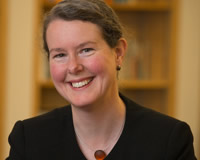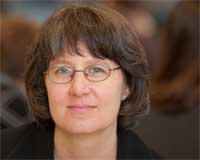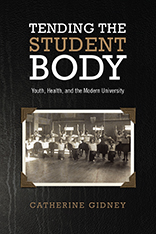Imagine taking the world's most powerful radio telescope, used by scientists around the globe, and piping a nearly continuous data stream into your research laboratory. That is exactly what scientists at the Naval Research Laboratory (NRL) in Washington, D.C. have done in collaboration with the National Radio Astronomy Observatory's Karl G. Jansky Very Large Array (NRAO VLA). The newly-completed VLA Low Band Ionospheric and Transient Experiment (VLITE for short) has been built to piggyback on the $300 million dollar infrastructure of the VLA.
The primary scientific driver for VLITE is real-time monitoring of ionospheric weather conditions over the U.S. southwest. NRL ionospheric lead scientist Dr. Joseph Helmboldt says "This new system allows for continuous specification of ionospheric disturbances with remarkable precision. VLITE can detect and characterize density fluctuations as small as 30 parts per million within the total electron content along the line of sight to a cosmic source. This is akin to being at the bottom of Lake Superior and watching waves as small as 1-cm in height pass overhead. This will have a substantial impact on our understanding of ionospheric dynamics, especially the coupling between fine-scale irregularities within the lower ionosphere and larger disturbances higher up."


 History professor Dr. Julia Torrie was honoured for her excellence in teaching and research by St. Thomas University at Spring Convocation on May 12, 2015. She received the University Scholarship Award.
History professor Dr. Julia Torrie was honoured for her excellence in teaching and research by St. Thomas University at Spring Convocation on May 12, 2015. She received the University Scholarship Award. Catherine is a former Chair of the Selection Committee of the O’Brien Foundation. She was helpful in the design of the Evaluation Criteria that is currently being used and in the modification of the Application Form and Application Process. Catherine has a new book. She has been Adjunct Professor of History at St. Thomas since 2004. Her research focuses primarily on the history of education and youth culture in Canada.
Catherine is a former Chair of the Selection Committee of the O’Brien Foundation. She was helpful in the design of the Evaluation Criteria that is currently being used and in the modification of the Application Form and Application Process. Catherine has a new book. She has been Adjunct Professor of History at St. Thomas since 2004. Her research focuses primarily on the history of education and youth culture in Canada.